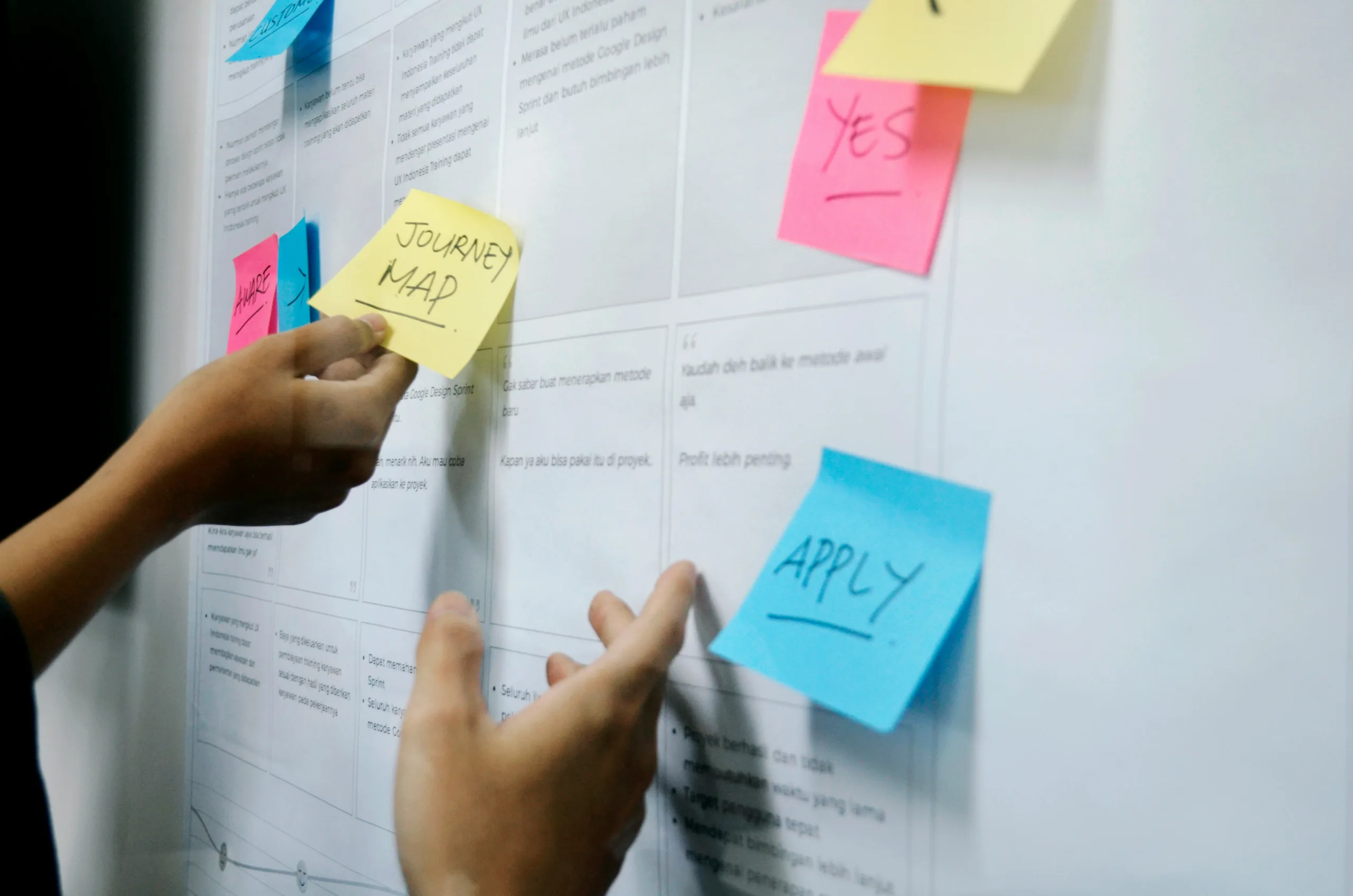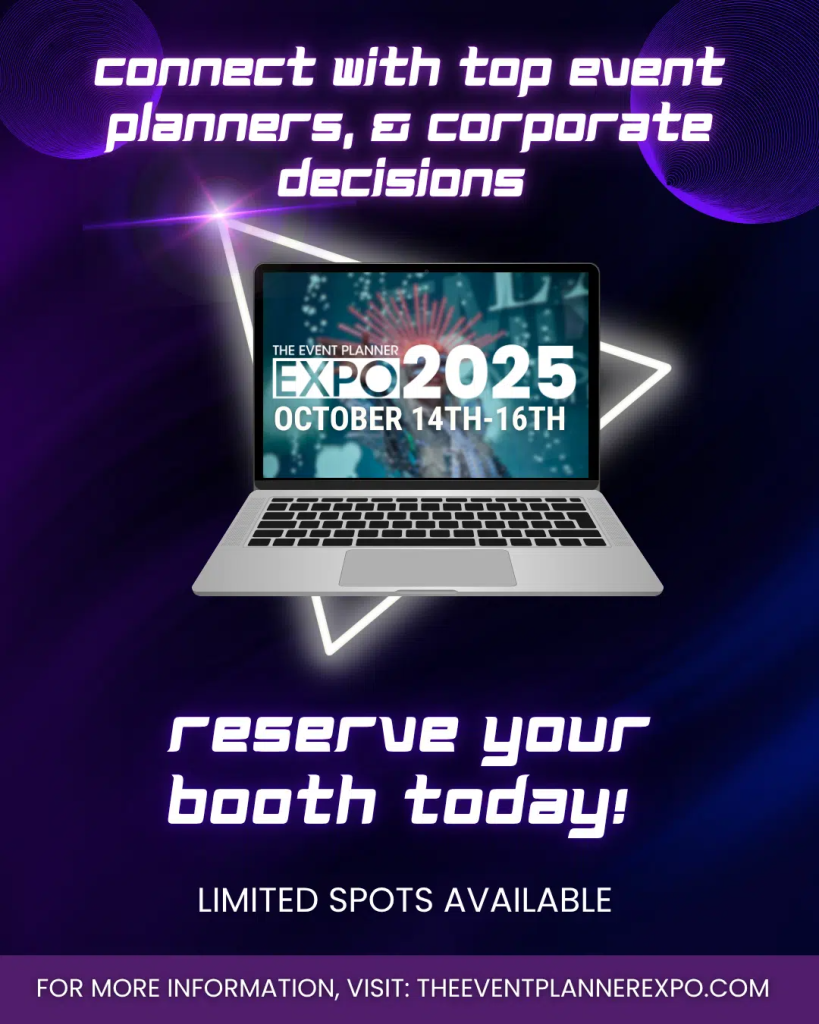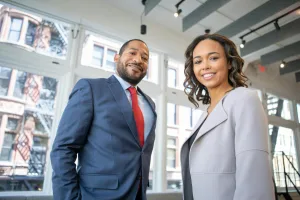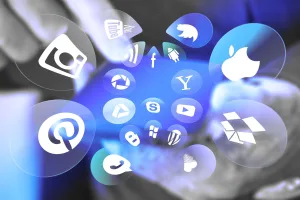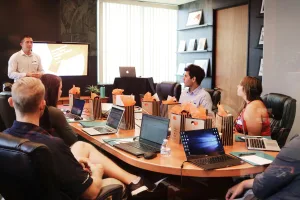You can throw a beautiful event. Everyone claps. The lighting is perfect. The food? Michelin-level.
But if you’re serious about growth, you know that isn’t enough anymore.
The real game? Turning casual guests into loyal clients who remember you long after the confetti’s cleaned up.
That’s where the customer journey comes in. Not as a buzzword. As a roadmap. A way to design every touchpoint so it feels intentional, seamless, and a little bit magical.
Think of it as hospitality that scales.
Let’s break it down…the human way.
Seeing the Journey for What It Really Is
The customer journey is everything that happens between “I’ve heard of you” and “I’ll never work with anyone else.”
Every scroll. Every question. Every micro-decision either pulls them closer or pushes them away.
When you see it that way, things change. Suddenly, your social posts, your website copy, even the follow-up emails…they all connect.
And when you start noticing where people get stuck? That’s gold. Those friction points are clues. Remove them, and you’re not just selling an event. You’re curating an experience that feels effortless.
It’s empathy in motion.
The Map: How People Actually Move Toward “Yes”
Every guest takes a path: awareness, consideration, decision, retention.
Sounds simple, right? But here’s where it gets interesting.
Each stage demands a different kind of energy from you. Awareness is curiosity. Consideration is reassurance. Decision is clarity.
Retention? That’s where you prove you meant every word in your pitch deck.
Map those phases, then layer in real-world behavior. Who are your people? How do they find you? What makes them hesitate?
That’s the work most planners skip. The ones who don’t, they’re the ones closing the six-figure corporate gigs.
Touchpoints. Pain Points. Everything in Between.
Every time a guest interacts with your brand, that’s a touchpoint.
Your Instagram feed. Your inquiry form. The way you respond to a late-night email.
If even one of those moments feels confusing or cold, you lose momentum. The best planners treat these touchpoints like choreography. Smooth transitions, no awkward pauses.
And the pain points? Those are opportunities hiding in plain sight.
A laggy registration form. A vague offer. An inbox that feels like a black hole. Fix those, and you will surely impress them.
The People Behind the Numbers
Forget generic marketing personas. You need real buyer profiles.
Who are your decision-makers? What keeps them up at night? What do they value more, speed or status?
Maybe your audience is corporate executives who want seamless logistics but also crave artistry. Or luxury clients who care more about how your event makes them feel than how much it costs.
Once you know them, you can design every message to speak directly to those details. It’s not manipulation. It’s resonance.
Creating Content That Feels Personal (Because It Is)
We’re in 2025. Guests can smell inauthenticity a mile away.
Personalization isn’t about dropping their name in an email. It’s about relevance. The right content at the right moment.
- Awareness: posts that educate or inspire.
- Consideration: testimonials, behind-the-scenes reels, side-by-side comparisons.
- Decision: crystal-clear offers and case studies that show you deliver.
Use automation tools like HubSpot or ActiveCampaign to make it effortless. But write the copy like a human.
Data Isn’t Cold, It’s Clarity
You don’t need to guess anymore. The tools exist.
Heatmaps that show where users pause on your site. AI analytics that reveal which emails actually convert.
Track what matters (drop-offs, engagement time, repeat inquiries), and treat it like a conversation. The data’s talking. You just have to listen.
Refine what doesn’t land. Double down on what does. That’s how you stay relevant in a market that’s evolving by the month.
Stay Connected (Without Being Annoying)
People crave connection, not noise.
That’s why the smartest event pros mix tech with timing.
Trigger emails after someone downloads your brochure. Send a quick “saw this and thought of you” LinkedIn message. Use chatbots for instant answers, but keep the tone human.
The goal isn’t to automate everything. It’s to create touchpoints that feel personal, even when they’re powered by tech.
And if you’re wondering whether SMS or push notifications still work? They do when done sparingly and with style.
How You Know It’s Working
Look at your conversion rate, sure. But also watch the energy.
Are people sharing your content? Referring others? Coming back for more?
Numbers matter (engagement rate, retention, lead-to-client ratio), but momentum is the real metric. When people start reaching out before you even launch your next campaign, you’ve nailed it.
Keep Evolving or Get Left Behind
Here’s the truth. The journey you build today won’t be the same six months from now.
Tech will shift. Behaviors will change. The platforms everyone’s obsessed with will fade.
So you adapt. You test. You refine. Over and over.
Because the businesses that grow in 2025? They’re the ones that treat the customer journey as a living, breathing experience, not a static diagram.
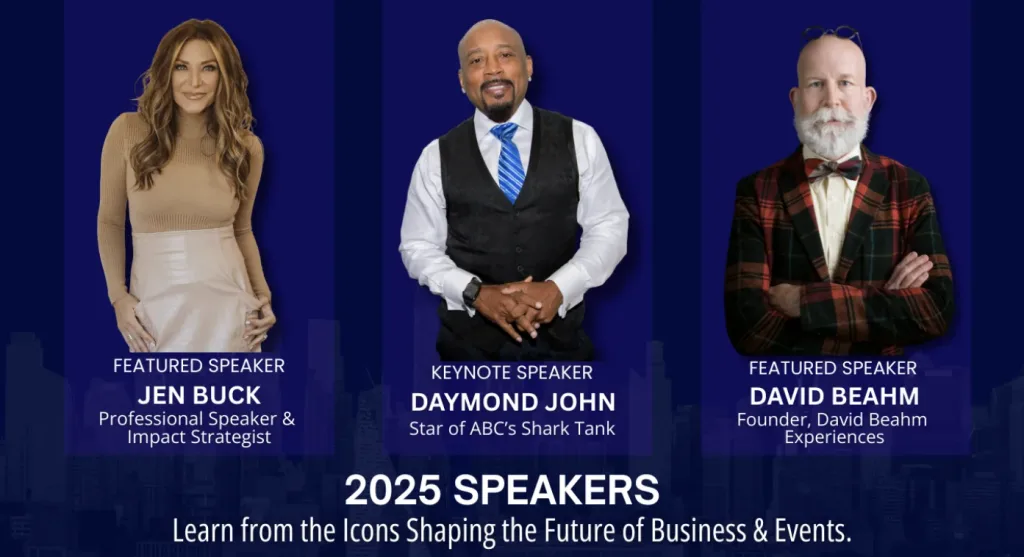
The Moment to Elevate: Join The Event Planner Expo 2025
If you’re serious about designing journeys that turn guests into lifelong clients, there’s one place you need to be this year: The Event Planner Expo 2025 in New York City.
It’s where luxury brands, top planners, and corporate visionaries collide.
Three days of strategy, inspiration, and real connection. Speakers who don’t just talk about the future but build it.
You’ll walk away with insights, tools, and partnerships that shift the way you do business. So here’s your next move. Secure your tickets now. Step into the rooms where the conversations happen. Turn your client journey into something unforgettable and unstoppable.
Because the next wave of success stories? They’re being written at The Expo.
